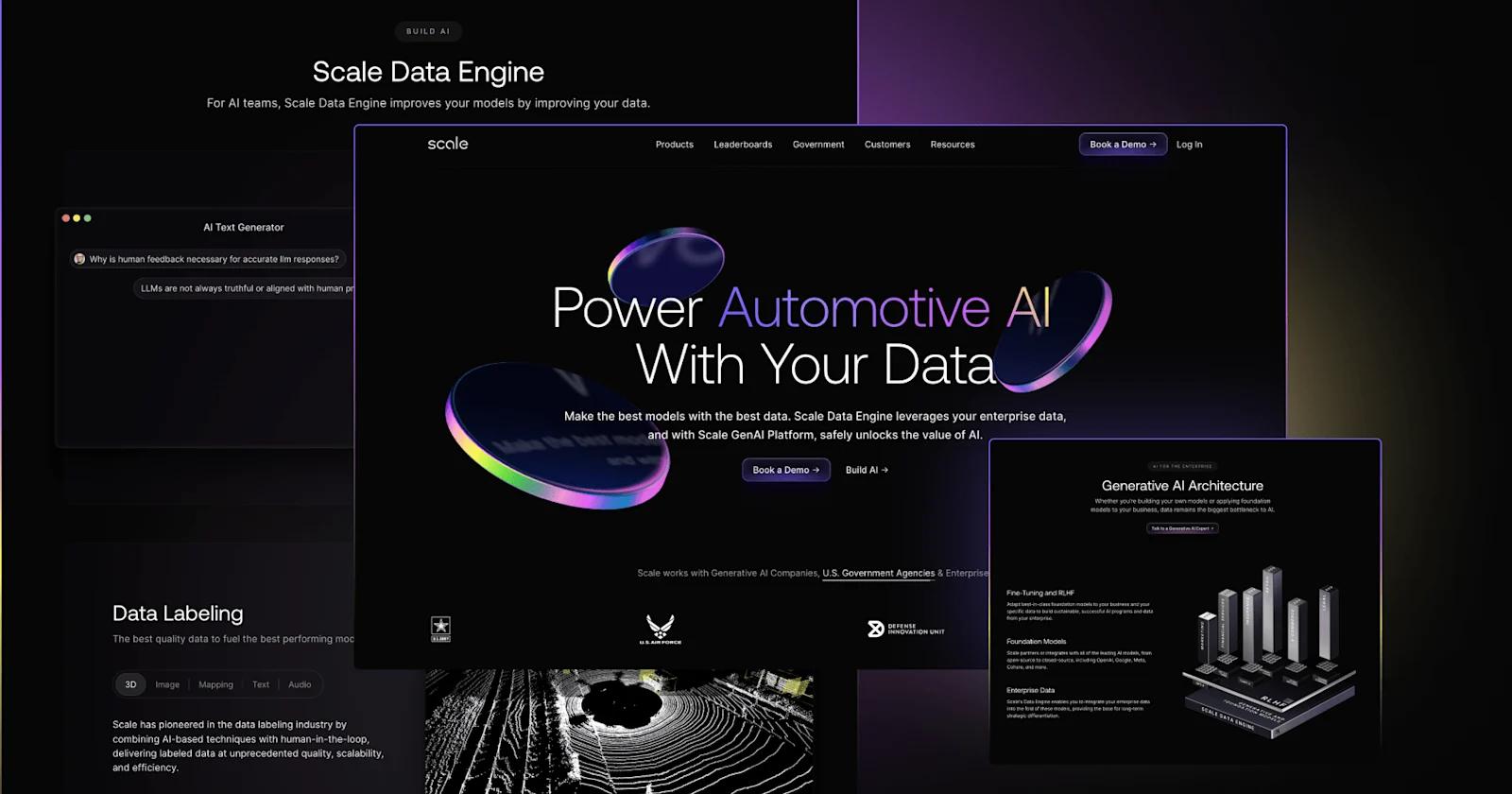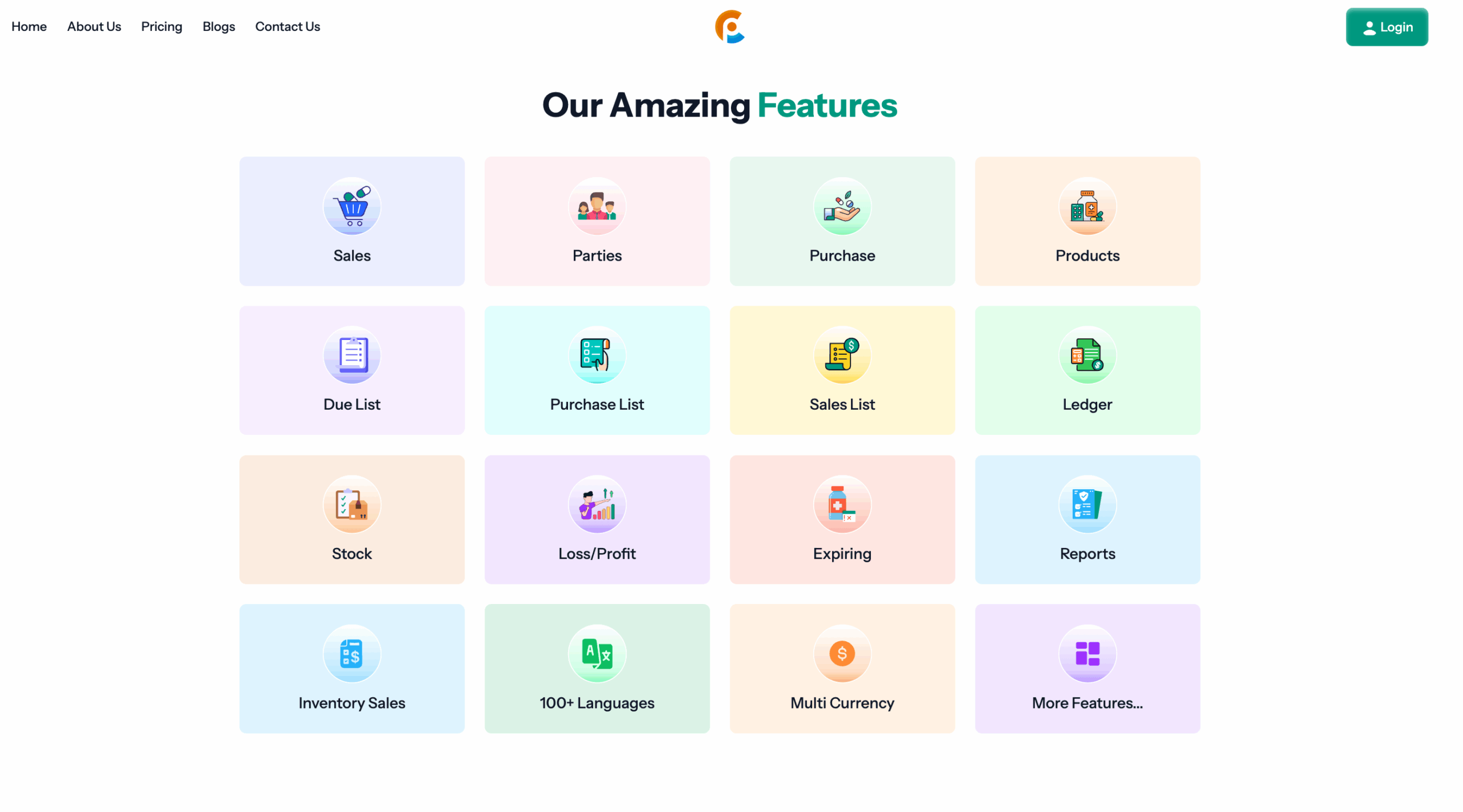In this digital age, organizations are turning to Artificial Intelligence (AI) to simplify and enhance their compliance efforts. One area where AI is integrating useful and timely technology is in integrated ISO audits, a joint evaluation of multiple types of ISO standards, such as ISO 9001 (Quality), ISO 14001 (Environment), and ISO 45001 (Health & Safety) at once.
Using AI to help with these audits can decrease human error, save time, and increase accuracy across integrated management systems.
What is an Integrated ISO Audit?
An integrated ISO audit is a single audit process applied to an organization that evaluates an organization’s compliance with multiple ISO standards at the same time.
Instead of a separate audit for each standard, integration means there are similar and overlapping standards criteria to evaluate standards like documentation, training, and risk management can be assessed together.
Data management related to multiple standards is a complex example of a compliance challenge an organization might face.
AI in the form of AI-driven tools can disrupt this challenge in a number of ways, including automation of repetitive tasks, analysis of a large quantity of data, and using the results of the analysis to offer additional ways of thinking about compliance, thus informing decisions.
How Artificial Intelligence Can Facilitate Integrated ISO Audits

1. Enhancing Data Collection and Analysis
Collecting and analyzing data from numerous departments is the most labor-intensive task when conducting ISO audits. AI-driven platforms have the ability to automatically collect and analyze data from internal systems, emails, or reports.
This allows auditors to zero in on gaps, inconsistencies, or non-conformities much sooner, without him or her needing to manually weed through endless documents.
2. Predictive Risk Assessment
AI systems can evaluate historical audit results, incidents, and performance data and then predict potential risk or compliance issues before they occur. For instance, if the AI identifies that a department has a repeat pattern of safety violations, it has the cognitive capacity to alert the department to take preemptive action.
By taking actions before any issues occur, continuous improvement can take place with the absence of unwelcome surprises regarding any audits going forward.
3. Increased Accuracy with Machine Learning
Machine learning (ML) – a subset of AI, can produce an ongoing enhancement in the accuracy of audits. Over a period of time, the ML algorithms learn from audits completed, that would allow for the identification of patterns and corrective actions faster and easier. Eventually these algorithms will produce better planning of which audits to take place and eliminate non-conformities faster.
4. Intelligent Document Management
AI tools can assist with modularly managing the organization, categorization, and verification of documentation related to ISO. The use of Natural Language Processing (NLP) in the systems allows for recognition and review of documentation to ensure compliance with ISO requirements in order to verify accuracy and relevancy. This allows for versioning control and document control.
5. Real-Time Monitoring & Reporting
AI dashboards provide a mechanism to visually and instantly provide metrics around compliance, and permits instant audits/slip reports. The system provides instant audit/slip reports visually and in real-time. This process allows for auditors and management to be informed of levels of performance, levels of compliance, and corrective action, in real-time, with no extra updates or manual input at any time.
Benefits of AI related to ISO Auditing
1. Time Savings: Reduces tasks that are manual, and speeds up the speed of the audit.
2. More Accuracy: Saves on inputting and interpreting/analyzing data.
3. Displaying More Carefully Considered and Informed Decisions: Data driven insights provide better for better planning.
4. Continuous Improvement: Predictive Analytics Indicates Areas for Improvement.
Read also:-
- Crafting a Successful Digital Marketing Plan Focuses on Taking the Right Actions
- What benefits are there for using emojis in digital marketing?
Conclusion:-
The use of AI during ISO audit has transformed compliance management to be more intelligent and data-driven. AI is improving efficiency and accuracy in compliance management by automating repetitive tasks, uncovering some of the more difficult risks, and providing better documentation.
As AI technology evolves more rapidly, the AI-supported integrated ISO audit will become the expectation for compliance and continuous improvement across industries.








